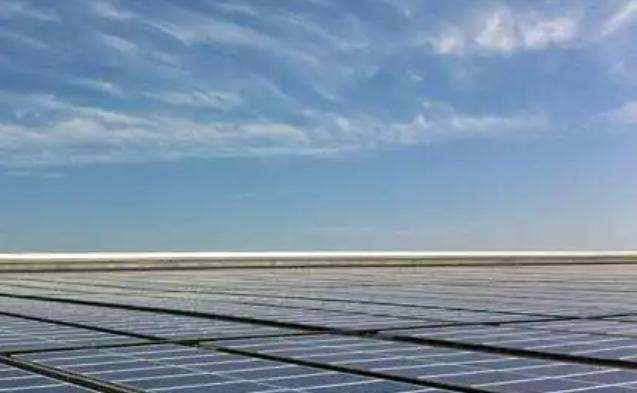Xinqianglian, Jinlei shares, etc.
Xinqianglian company is the leader in the localization of bearings for wind power. Its main business focuses on large-scale slewing bearing R&D and manufacturing. Its products include electric spindle bearings, gearbox bearings and yaw pitch bearings. It started an activity in the A share market listed on the board of directors.
Jinlei Co., Ltd. is a GEM A-share company, mainly engaged in the R&D, production and sales of wind turbine main shafts and various large castings and forgings. It is a high-tech enterprise specializing in the R&D and production of wind spindles.
The transmission chain of a traditional wind turbine generally consists of a main shaft, a gearbox and a generator. Depending on the structure and usage requirements of differentferent types of wind turbines, the structural shapes of the large main shaft. the bearings will also be different. Among all installed wind turbines, 75-80% adopt the main shaft bearing supporting principle, that is, the inner ring of the main bearing is installed on the rotating main shaft.
The main shaft supports the hub and blades and transmits torque to the speed multiplier. The main shaft bearing mainly bears the radial force. Its performance not only affects the transmission efficiency, but also determines the main transmission chain. the maintenance cost is high, so it is necessary to have good alignment performance, good vibration resistance and smooth operation.
On the spindle, the double bearing configuration is a relatively common bearing configuration. The types of bearings used vary depending onThere are different design requirements, but the most common bearing configuration is sub-bearings or tapered rollers. are configured with cylindrical roller bearings. Large-power wind turbines use large-angle double-row tapered roller bearings or three-row cylindrical roller bearings.
Among them, the two-point support form is the most typical. The bearing is installed in two independent or common bearing seats. The end bearing of the rotor or gearbox can be designed as a fixed end. . The first shape provides a more appropriate ratio between radial and axial forces, and the spindle structure results in a larger diameter fixed end bearing solution. In the second form, the position of the shoulder which transmits the axial loads behaves more favorably in terms of spindle stress, sinceu it avoids a step in the forward rolling position.
If a three-point support is used, one point is the fixed end bearing and the other two points are the torque support bearings in the gearbox. It is also important to ensure the correct distance between fixed and floating bearing locations during installation. The axial force must act on the fixed end bearing.
With a three-point mount, the force acting on the floating end bearing shows the effect of the load inside the gearbox. In a two-point supported main bearing arrangement, it is the true floating end bearing that supports this load. Therefore, two-point support shows its advantages over the influence of other factors such as vibration.














